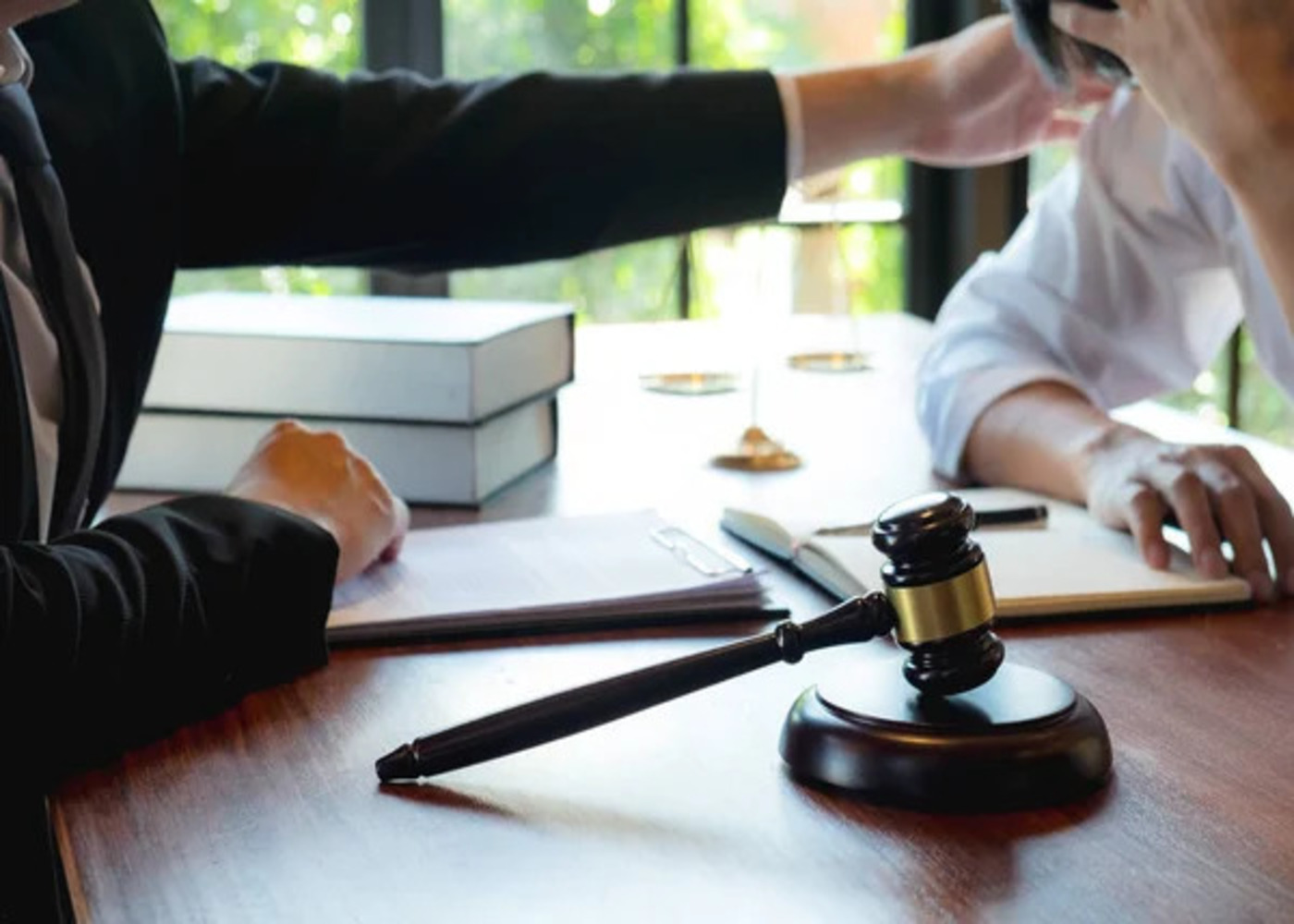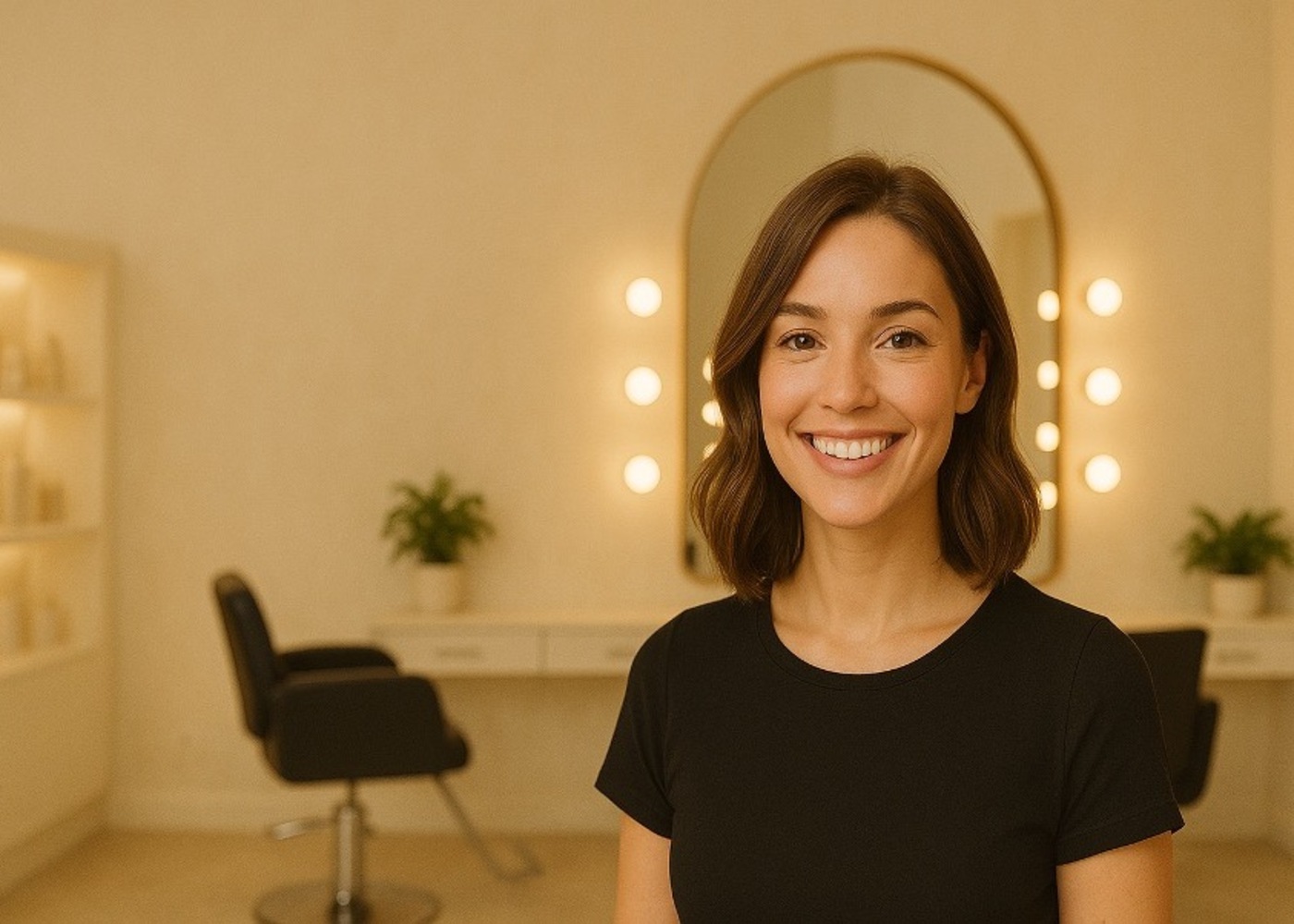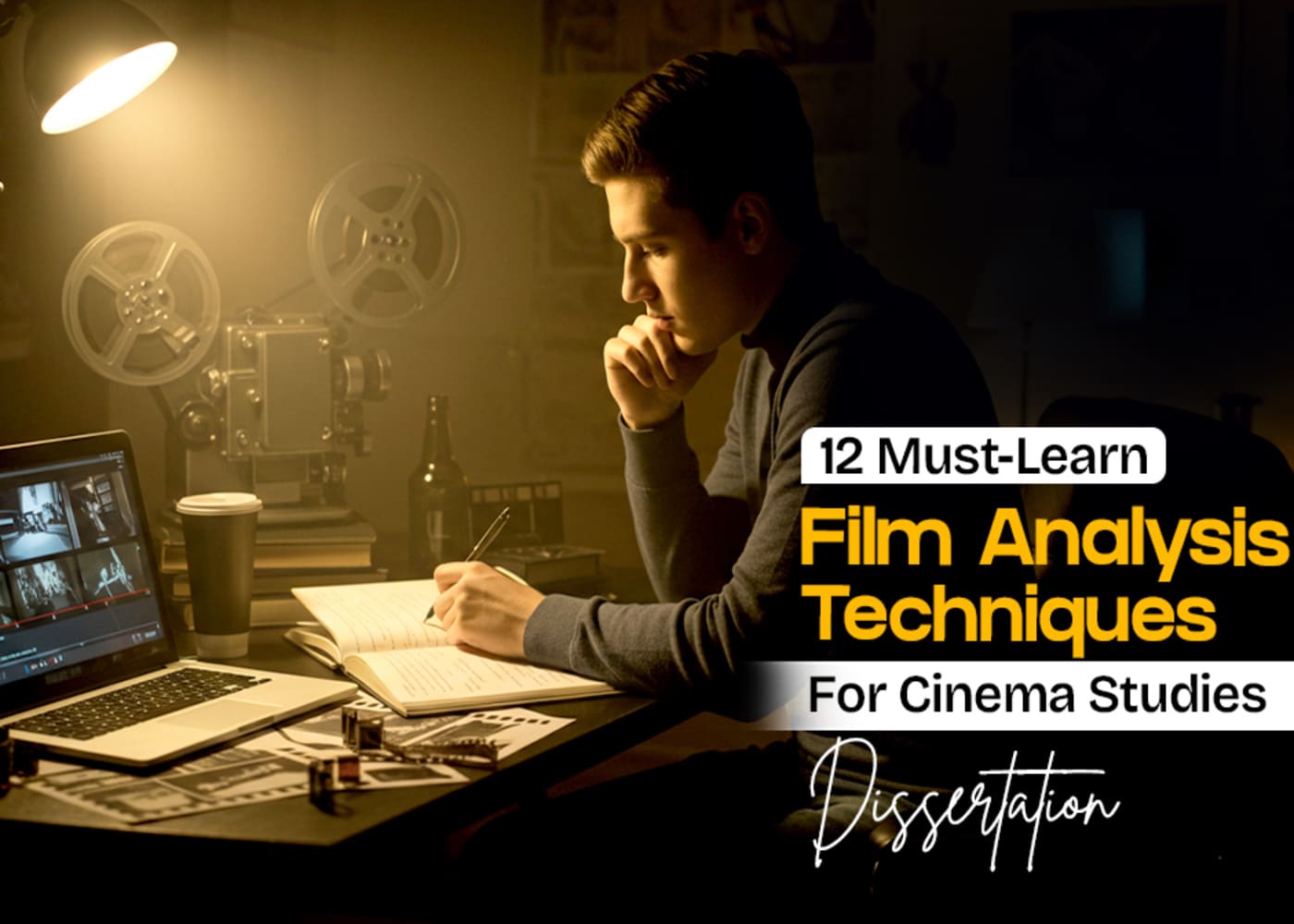On a film set, a cinematographer will have a shot list that lists all of the shots they need to get for the day. Strong cutaway shots require a good B-roll, which is constantly on the list. Discover how a cutaway shot differs from the main shot and what it's used for.
What Is a Cutaway Shot?
A cutaway is a shot in cinema and television that concentrates on anything other than the scene's main subject or action. A sequence can start with the primary shot, then switch to a cutaway shot before returning to the main shot. Cutaway shots are essential in visual narrative and cinematography because they allow directors to "clip away" from the primary action and focus on a secondary action or response.
In humour, cutaway shots can be used to undermine viewer expectations. Cutaways are frequently used for visual punchlines in the animated television sitcom Family Guy.
Match cuts (scene transitions in which the action or composition matches that of the preceding scene), cross cuts (two scenes spliced together to indicate their simultaneity), and jump cuts are all examples of related shot types. Establishing shots, medium shots, reverse views, and wide shots are some of the other types of shots available.
What are Cutaway Shots Used For?
Cutaway shots can be used for a variety of things, such as:
1. Offer insights:
The main purpose of a cutaway shot is to give the audience a sense of a character's inner thoughts by jumping from their face to a cutaway shot of the object or subject they're thinking about. Extensive "cutaway scenes" include daydreams and flashbacks, for example.
2. Create tension:
Cutaway shots, by their very nature, postpone the action of the primary shot by focusing on something else. By intercutting a single shot with a cutaway, cutaway shots act as a momentary stop in the tale, adding tension and expectation to the audience.
3. Ensuring Continuity:
Ensure that all details in a film or television show remain consistent from shot to shot and scene to scene to avoid continuity issues. Cutaway shots are sometimes used by editors as a continuity editing technique to establish or prevent problems with continuity.
Cutaway Shots: 3 Examples
Editors can employ cutaway shots in a variety of ways.
1. Switching Between Character and an Object:
Cutaways can reveal the object of a character's attention to reveal internality. For example, the main shot of a figure looking up, followed by a close-up shot of a ticking clock, followed by a reaction shot of the character, who now appears elated. These cutaways allow viewers to believe that the clock shot is from the character's POV and that they are anticipating something.
2. Switching to Reveal the Passage of Time:
Let's imagine the filmmakers shot two primary shots of a character going to bed and waking up to indicate to the audience that they had a normal night's sleep. The editors may not want to sequence these pictures in order because a jump cut—in which two views are separated by only a few frames or a slight camera movement—can cause audience members to get disoriented. Instead, the editors could use a cutaway shot of the moon or a clock to connect the two main shots and imply that time has passed before the actor awakens in the following main shot.
3. Switching from a Character to a Location:
One of the most common applications of a cutaway shot is to create tension by cutting from a character to a location. If a horror film, for example, cuts away from a primary shot of a fearful character to a cutaway shot of a dark alley, viewers will avidly await the camera's return to the initial image to see what happens next.
Differences Between a Cutaway Shot and the Main Shot.
There are two types of camera shots in filmmaking: main shots and cutaway shots. By focusing on the scene's main action or subject, the main shot keeps viewers up to date on the current story.
In contrast, a cutaway view reveals something unrelated to the main action. A cutaway can be used to show a character's thoughts, delay the main action, or maintain continuity between key shots.
What Does B-Roll Mean in Cutaway Shots?
B-roll, or secondary video footage shot outside of the primary (or A-roll) footage, is used in nearly every cutaway shot. On-set cinematographers should capture B-roll of the surrounding environment for interesting and relevant insert shots, which editors can use for great cutaway shots.
Get informative and educative articles from the Film District Dubai website and learn how you can rent film equipment, Audio-Visual equipment, Photo Booth equipment, and Camera equipment in Dubai.







